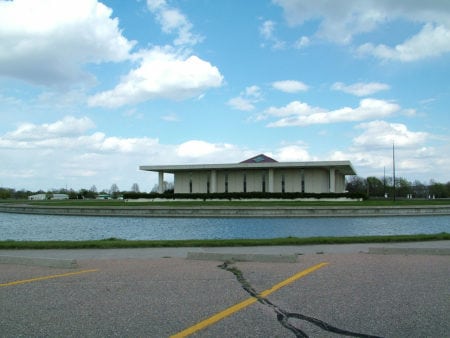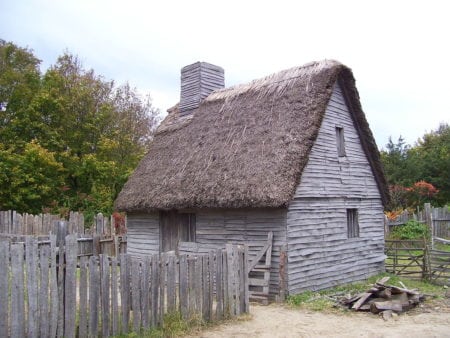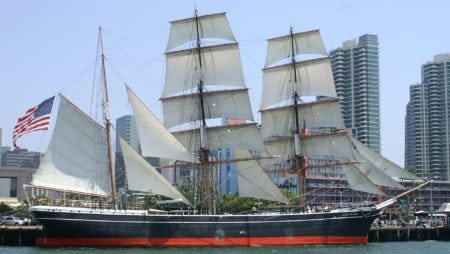Imagine 1898 in the countryside of Nebraska: an equestrian crew rides along the main street of the village, the teacher of arithmetic teaches children to count in a school in which there is only one class, and a smell of fresh chocolate is heard from the shop.
In museums of “living” history, visitors do not need to imagine anything. They can simply “plunge” into the past.
Our story is about three such museums in different regions of the United States. They are devoted to different historical events and different periods of the history of the country.
The Stuhr Museum of the Prairie Pioneer

Picture Credit: wikipedia
The Stuhr Museum of the Prairie Pioneer, drowning in the high meadow grass of central Nebraska, keeps a memory of the pioneers who settled in the Midwest many years ago.
“We talk about the history of this part of the country, about what the pioneers have been able to do and what they have not been able to do, about the clash of different cultures … and also about how this region grew together with the whole country,” says museum director Joe Black.
In the Railway City Museum there are real historians, connoisseurs of ancient traditions. Visitors can independently make a tool in a tinsmith’s workshop, buy sweets in a shop and see how coals burn in the smithy.
According to Black, “living history” is very popular, because visitors get a real opportunity to see the past, breathe in its smells and hear its sounds, and take part in some events that happened in the past.
The museum celebrates Christmas, the eve of All Saints’ Day and the Fourth of July in an old style, attracting a lot of visitors, both residents of the state, and from around the country. During the summer months, various classes are held here, teaching ancient methods of fishing, horse riding, baking cakes and even watercolor painting.
“Sometimes we manage to even for a moment make visitors forget that they are in the museum, they are so deeply immersed in the realities of the Railway town,” says Black. “We really can make them feel that way.”
Plimoth Plantation

Picture Credit: wikipedia
Founded in 1947 in the Plimoth Plantation in Massachusetts, you can learn about the history of English colonists of the 17th century who settled in the area, as well as the history of the indigenous people – the Wampanoag Indians.
More than 300 thousand visitors annually visiting the museum, stroll through the streets of an English village in 1624, buy corn flour in a water mill and communicate with modern Wampanoag.
According to the museum employee Keith Sheehan, “immersion” in the past thanks to “living history” can radically change the worldview of visitors.
She explains: some of the exhibits, such as “Mayflower II,” which is an exact replica of a ship that once came from England to Plymouth, can only be seen here. “Mayflower II”, a gift of the people of Great Britain, appeared in the museum’s collection in 1957.
“This is a real training audience on the water,” says Keith Sheehan. – Thanks to ‘Mayflower II’ you can learn a lot of interesting things about the 1620 trip. This is part of the story. ” Currently, the “Mayflower II” is being reconstructed, it will return to its native harbor in 2020, towards the 400th anniversary of the pilgrims’ arrival in Plymouth.
Maritime Museum of San Diego

Picture Credit: wikipedia
At the Maritime Museum of San Diego, visitors can board aboard both spears and real ships, witnesses to historical events that have taken place over the past five hundred years.
Educational programs allow guests to inspect ships, learn a lot from instructors and crew members and even go to sea on copies of the Spanish galleon in 1542. You can board the “Stars of India” – the world’s oldest sailing ship, still staying afloat.
Children learn the skills of working in a team, perform ship tasks, and adults are happy to go on a historical cruise or get acquainted with the history of the navy in the museum itself.
“This is not just a museum, which visitors walk, – says guide Teresa Smallen. “You can be poisoned in a real sea voyage, imbued with the spirit of the West Coast, get acquainted with our rich marine heritage and the history of our ties with the Pacific region.”
